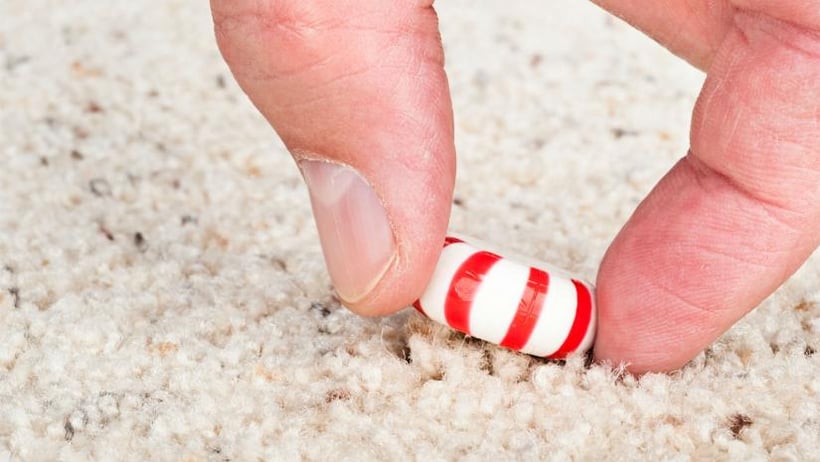
The infamous ‘5-second rule’ has no doubt rescued many ingredients that have accidentally rolled off the kitchen counter. But the question remains – is it actually true?
For those who haven’t heard of the rule, it states that a piece of food that falls onto the floor is safe to eat if it is picked up within 5 seconds.
According to experts, just because it is a well-known ‘rule’, does not make it true. “There is no such thing as a 5-second rule’,” said Rachelle Williams, spokesperson for the Food Safety Information Council. “It’s a myth. We definitely do not recommend it.”
It might seem like a good idea to pick that piece of cheese off the floor, but there is a chance that it could actually make you very sick.
Researchers investigate the 5-second rule
In a 2003 survey carried out at the University of Illinois, 63% of people had heard of the 5-second rule. In experiments carried out at the same university, candies were dropped on a floor that was coated in E. coli. In all cases, the harmful bacteria took less than five seconds to transfer to the sweet treats.
In another experiment, Professor Paul Dawson of Clemson University in South Carolina contaminated different surfaces with Salmonella typhimurium, a particularly nasty germ that can cause food poisoning with just ten bacteria. Professor Dawson found that more than 99% of the Salmonella transferred to food dropped on the tiles in less than five seconds.
Is the rule true for some foods?
There are experts, however, who claim some dry foods have less chance of contamination if they only come in contact with the surface for a short period of time. “Bacteria rely on moisture to grow, so any wet food is considered potentially hazardous," added Williams. "With dry foods, it is conversely much tougher for bacteria to grow."
Regardless of the type of food that lands on the floor, there can be little doubt that floors and other surfaces carry a high risk of contamination. Shoes have been found to be one of the main culprits when it comes to spreading bacteria between floors. Up to 93% of shoes have been shown to carry traces of fecal contamination after three months of wear. If you dropped an apple slice on the ground and knew it might have picked up fecal matter, would you eat it? Would you serve it?
Not worth the risk
The Canadian Food Inspection Agency (CFIA) estimates that food poisoning affects approximately 4 million Canadians every year. Of those 4 million people, over 11,500 are hospitalized and more than 230 die. It is simply not worth the risk, no matter how tasty it looks!
If you own, manage or work in a business or organization that serves food to the public, you are responsible for taking all reasonable measures to ensure the food you prepare and sell is safe to eat. That means you must not practice the '5-second rule', even if you would do so at home.
Safe food handling isn't always common sense. What may seem acceptable in a home kitchen could cause serious problems in a food business, and the decisions you make can have far-reaching consequences. The CIFS Food Handler Certification Course was developed to give Canadian food workers the knowledge and skills required to handle food safely and minimize food safety risks.
Food Handler Certification is a legal requirement in most provinces and territories, and it is recommended that anyone who handles food complete a food handling course.




